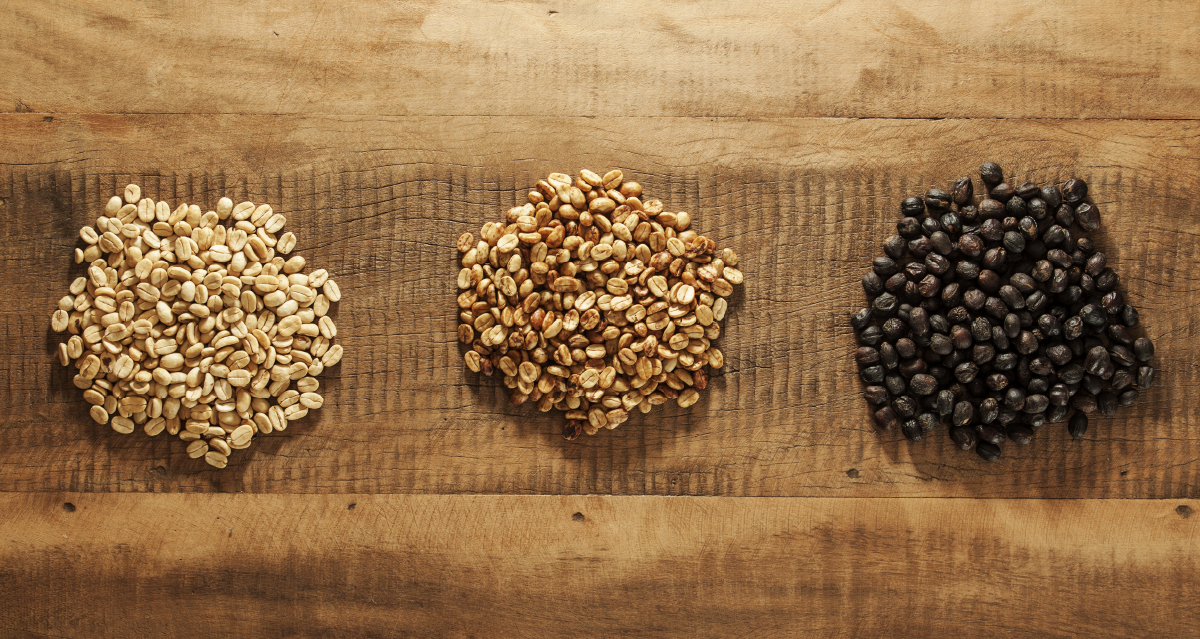

· By Jen Biro
The Stages of Honey Processed Coffees: The dance of fermentation inside the humble coffee bean.
Honey & Pulped Naturals:
Before we jump into the honey prepped or honey processed coffees, let's get an understanding of naturally processed coffees. The short of it is, naturally produced coffees yield a sweeter cup profile. The beans are left with the cherry, mucilage and parchment still attached to the bean when dried. When executed properly during the fermentation, the bean will garner a robust natural sweetness and well rounded profile.
There are three main categories when it comes to the honey prep process; yellow, red, and black. The other sub categories are; white and gold. A de-pulper machine removes the parchment and some of the mucilage from the coffee cherries. The type of honey process the bean undergoes will depend on how much mucilage is removed. Despite naturally processed coffees having a sweeter profile, the honey naturals are referred to as such for their own unique sticky, sweetness.
Yellow honey processed coffees tend to be more balanced and have a greater emphasis on the acidity, with less of the focus on body and sweetness. Having less mucilage than the red or black honeyed coffees, the yellow honey method will have less chemical reactions during fermentation due to the lack of sugar. With less volatility from fermentation, producers experience reduced risk but also reduced ability to highlight certain flavors in the bean.
Red honey processed coffees result in a sweeter cup profile compared to the popular yellow honey, with a medium body and high acidity. The red honeyed beans are left with more mucilage on them. Which is a good thing if you dig a coffee with a more daring profile. During fermentation the producer can exert more influence on the final taste because the microorganisms are working rapidly, breaking down the sugars in the bean.
Black honey processed coffees are left with all that good mucilage on the coffee cherries. The beans are then dried under the cover of shade to control heat and stabilize fermentation. This type of honey processing is the most complex and risky due to the amount of mucilage left on the bean during fermentation. The bright side of producing such a delicate coffee is a cup with a forward sweetness, heavy body, and positive acidity.
To maintain consistency in production and fermentation, the coffee producers have developed a database to keep track of all the profiles. This includes; area, variety, harvest information, quality of yield, processing details, and cup profile. The goal is to produce a coffee that buyers can come back to again and again. To select a certain profile they need to know which region to work in, type of method used, x amount of hours for fermentation, x amount of time drying, and what flavor profile will be achieved. Producers will use this info to then offer buyers of specific or specialty coffee. Each day an agronomist and industrial manager look at the land and decide which portion will be harvested, how it will be processed, and if changes need to be made in regards to weather.
It is absolutely necessary for back up measures to be in place in the event of rainfall when the beans are drying. Temporary storage in greenhouses and covered patios are the most common methods of saving the beans from a rainy disaster.
An environmentally friendly way of processing the worlds most popular drink, honey processed coffees offer folks a deliciously new and interesting cup profile. You will find from time to time that a portion of the coffees we source for our Reserve Line are a product of the honey prep style.



